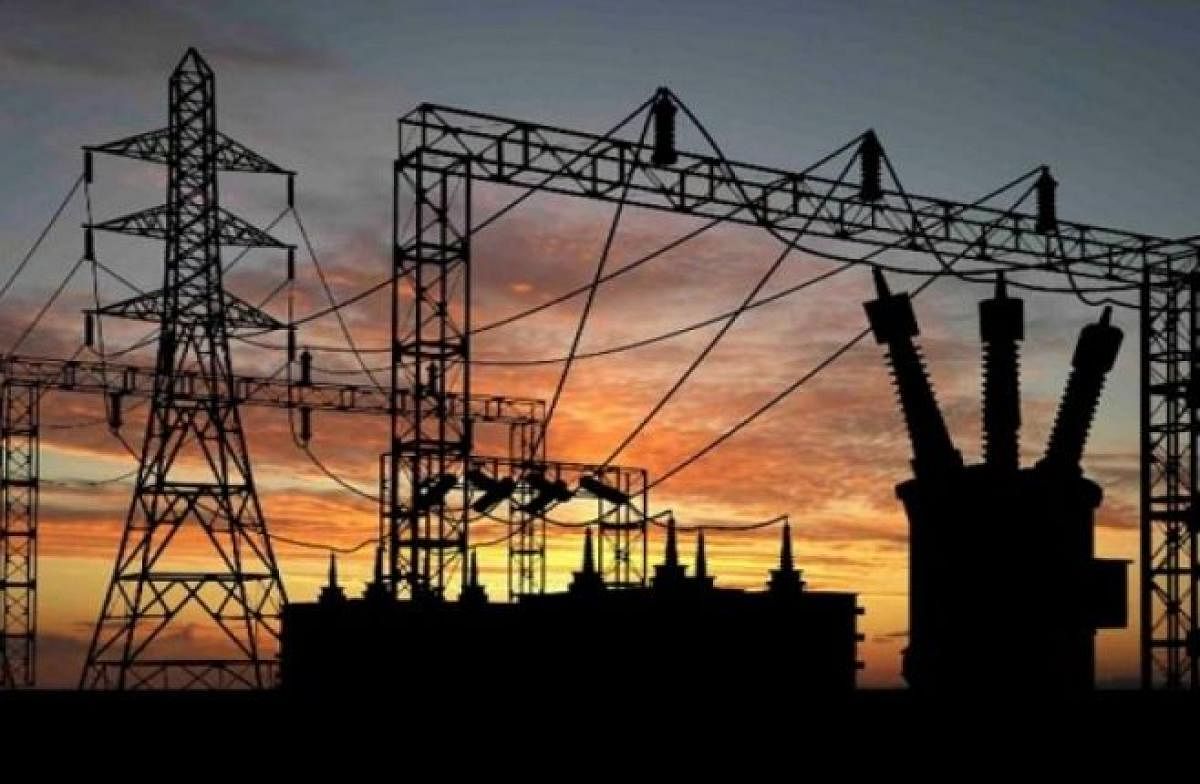The Karnataka government has administered a shock to the people of the state, who are already reeling under the impact of price rise, by increasing the electricity tariff by 35 paise per unit. While the economy and household finances are yet to recover from post-pandemic blues, this hike comes as a cruel blow on top of the continuous rise in the prices of cooking gas and petrol and diesel, which are already burning a large hole in the pocket. Hotel owners, who had just announced a 10% hike in the prices of food items, may also be forced to up prices again due to the new power tariff, further impacting the common man. Last year, too, the power rates were hiked by 30 paise per unit. The current increase will add to the misery of the middle class, whose monthly budgets are already stretched. The government has defended the hike on the ground that electricity supply companies (escoms) have to recover a revenue deficit of Rs 3,143.16 crore suffered due to the pandemic. While the escoms had sought an increase of Rs 1.85 per unit, the Karnataka Electricity Regulatory Commission (KERC) rejected their demand as they were unable to substantiate their claim with sufficient reasoning.
The tariff increase is unlikely to improve the health of escoms considering that the government itself has defaulted on payments running to more than Rs 22,000 crore as of March-end. While different government departments and local bodies owe more than Rs 6,775 crore as dues to the five escoms in the state, the finance department had defaulted on payment of nearly Rs 16,000 crore toward subsidy for 3.6 lakh irrigation pump sets. Had these dues been paid to the escoms, they would not have been in dire straits. With the new hike, though Karnataka is a power-surplus state, the tariff is higher compared to neighbouring states, which could lead to industries shifting base. However, a silver lining is that the KERC has provided some rebate to high-tension consumers, micro- and small-scale industries, and seasonal enterprises like ice manufacturing units and cold storages in the coastal belt, to help them recover from the effects of the pandemic.
While a small, periodic hike in tariffs may be acceptable, the government should ensure that it and the escoms put their own houses in order first before passing on the burden of their costs to the public. The government must clear its own dues to the escoms, and the latter must do more to cut transmission and distribution losses. The public must not be made to suffer for the failures of the escoms and the government.
